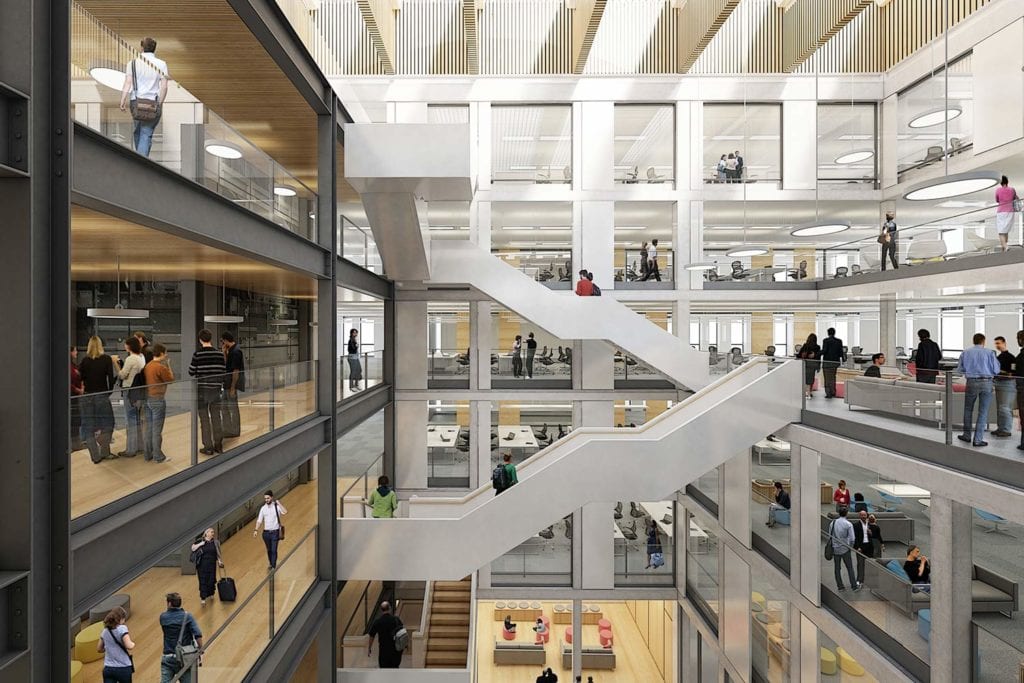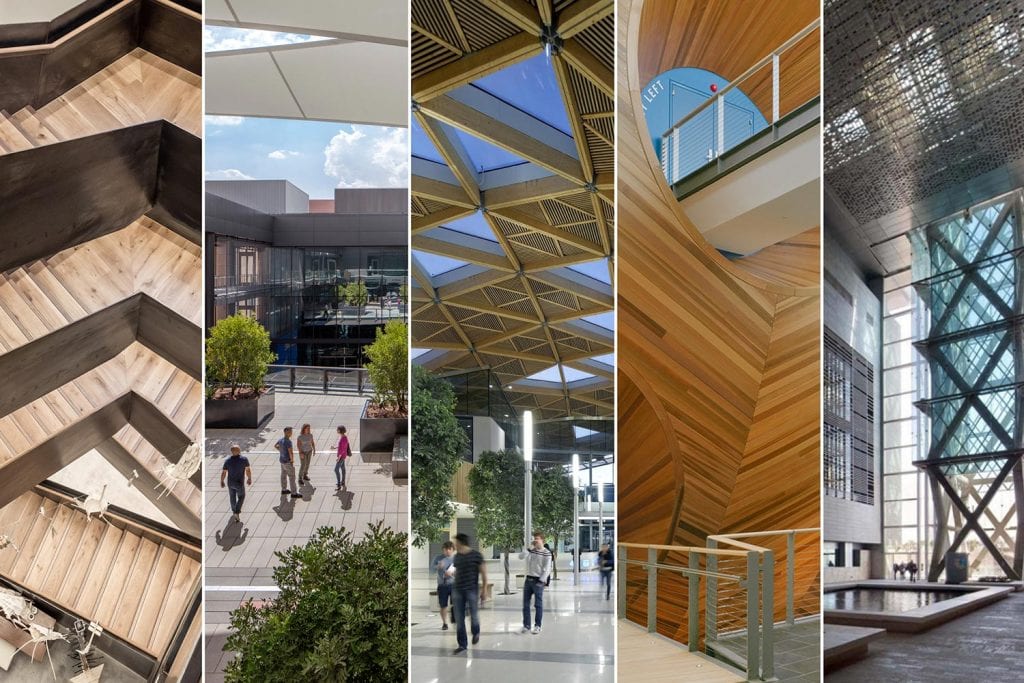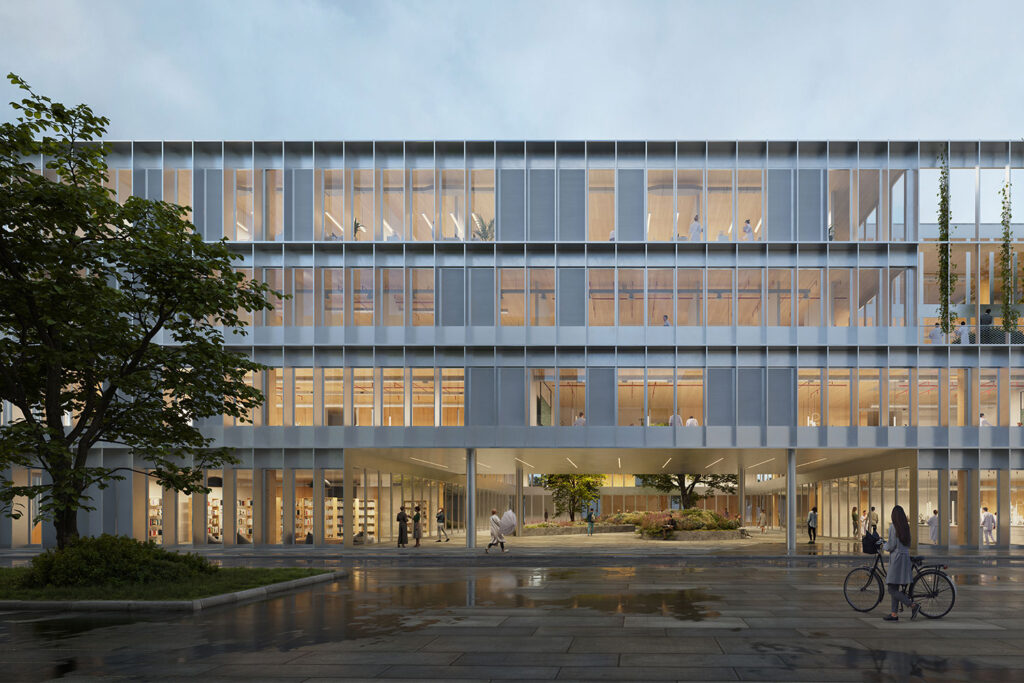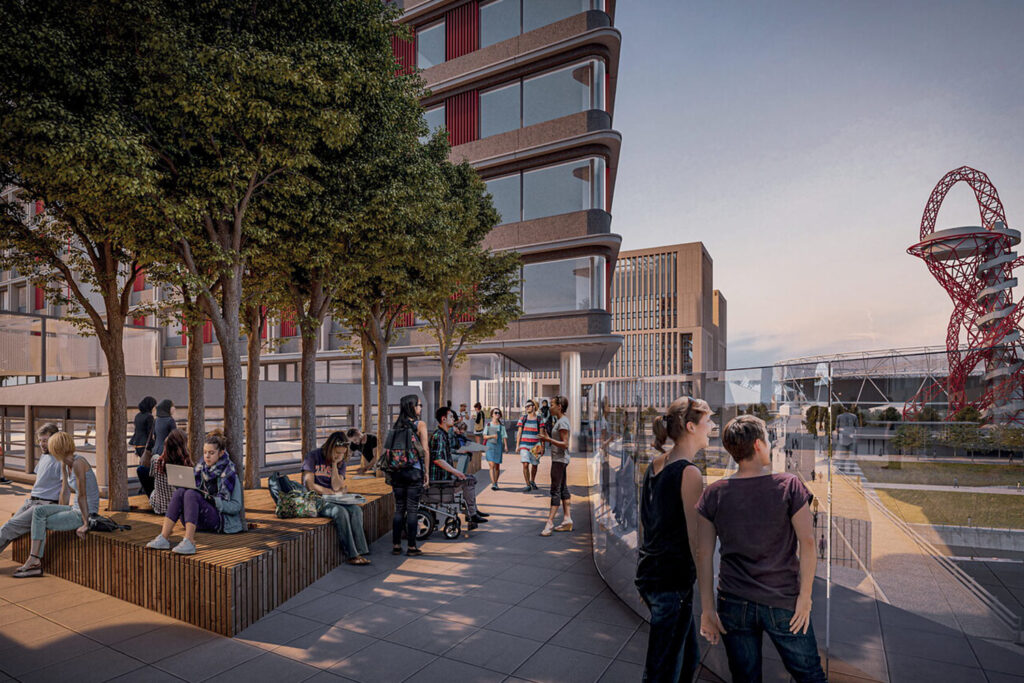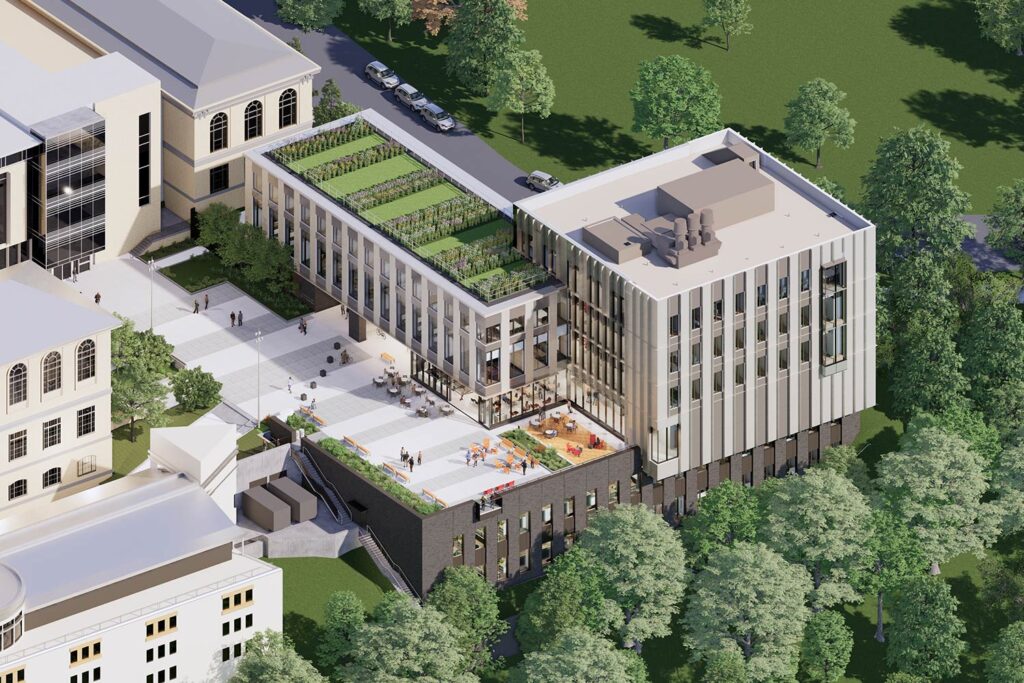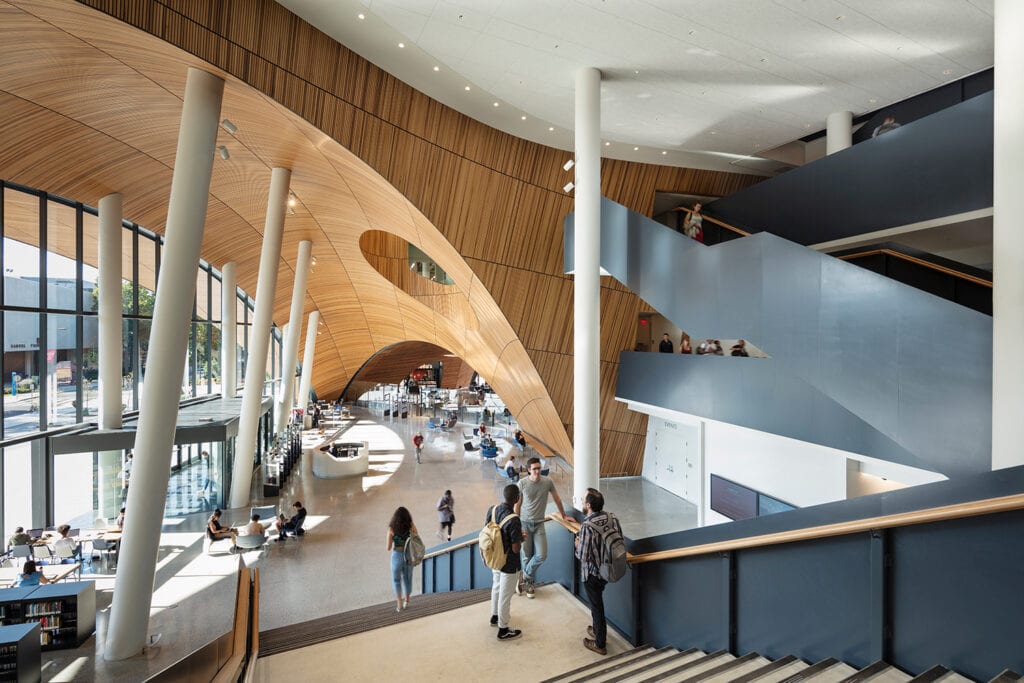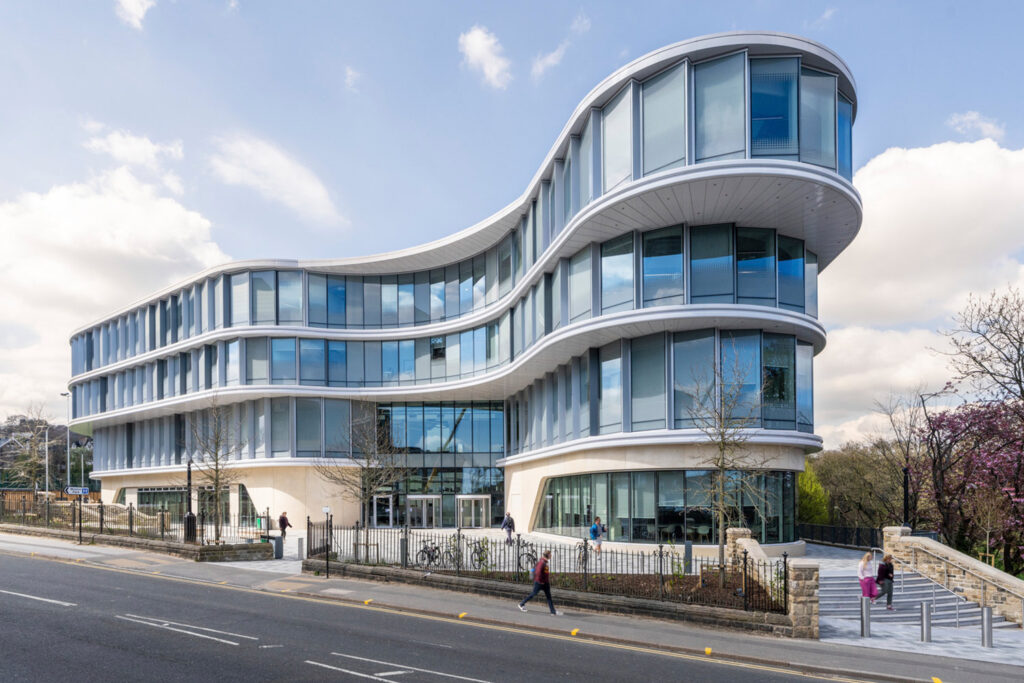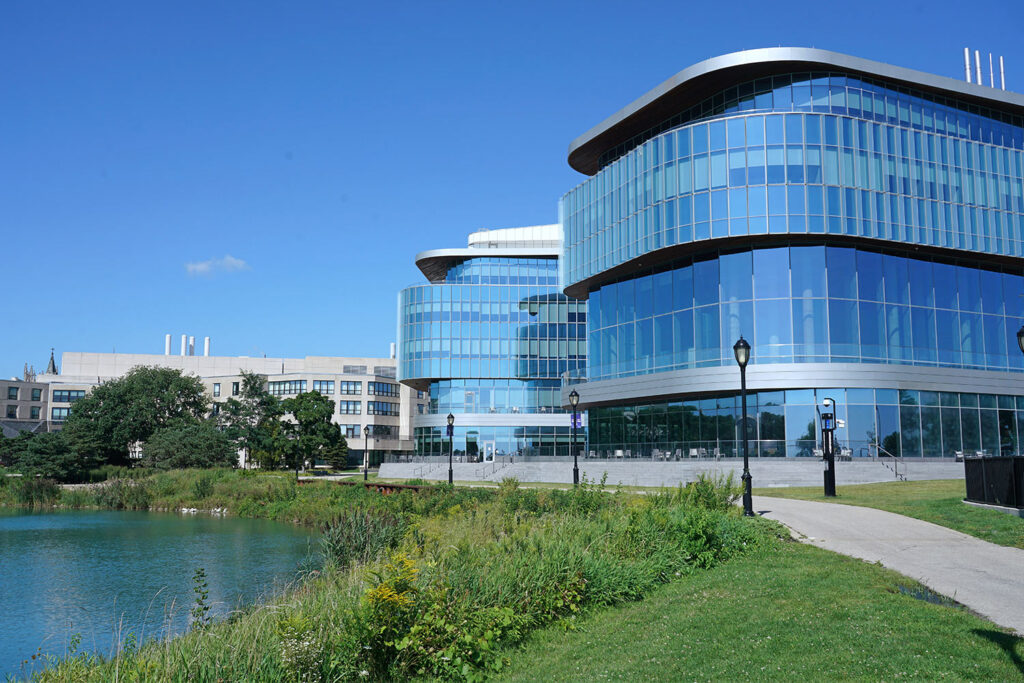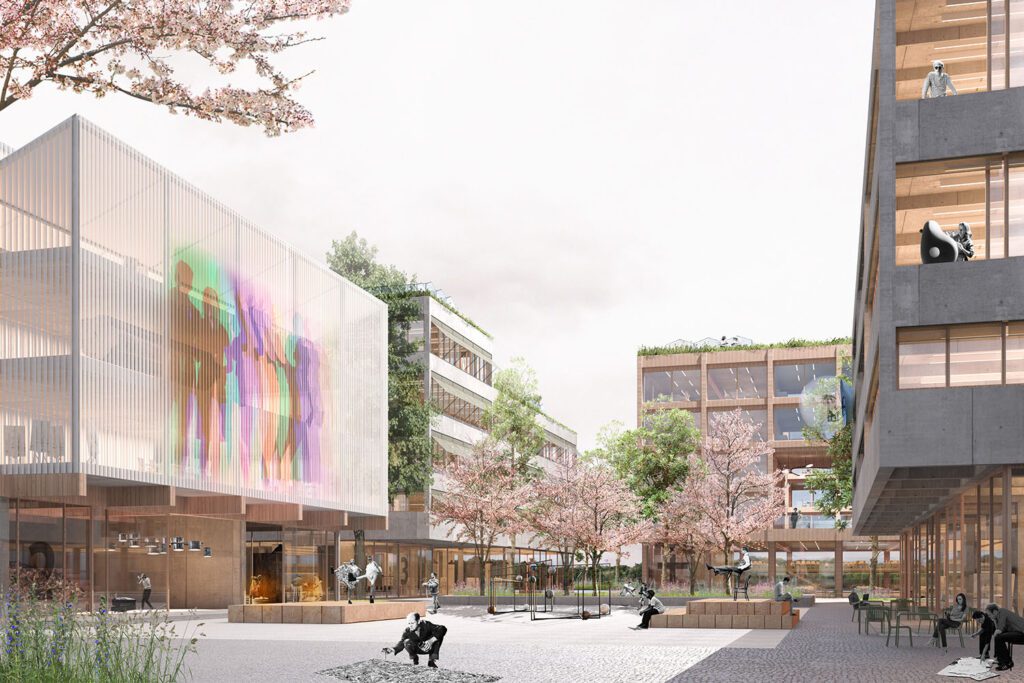Considering the impact of the university estate on student mental health
In an increasingly competitive marketplace it’s time to consider the built environment when ranking our universities
With over four years of research into the role of the university estate on student wellbeing, Dr Mike Entwisle calls for university league tables to move urgently to consider the estate, and to recognise its impact on student experience and mental health.
In a world where it is increasingly clear that the built environment plays a significant part in the life of a student and can directly impact mental health and wellbeing, it is inconceivable that students do not have access to a universally accepted mechanism for assessing and comparing the state of a university’s buildings, the way they facilitate social interaction and their impact on mental health – whether that’s teaching facilities, student accommodation or the campus or city set-up as a whole.
Current league tables allow students to review satisfaction with teaching standards, courses, and student to staff ratios so why not satisfaction with the built environment too?

We know this is a real issue for students. We’ve surveyed over 5,000 students globally and found that a staggering 44 per cent considered the design of university facilities to be average or poor, with issues of capacity and physical connectivity called into question.
University estates are in a difficult predicament in the uncertain times, with many suffering from a chronic lack of investment. This isn’t about criticising these institutions, it’s about working together as a sector to recognise and identify the challenges – and indeed the opportunities, to improve student wellbeing. The goal is to facilitate workable and realistic change.
Download our whitepaper “Are university campuses designed to support student mental health?” detailing our approach to understanding the issues and recommendations for change.
